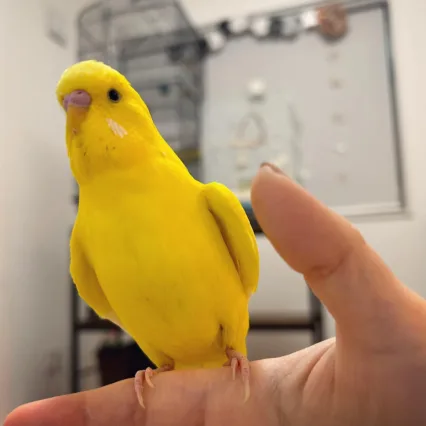- May 16, 2024
10 Proven Techniques to Train Your Parrot Not to Fly Away
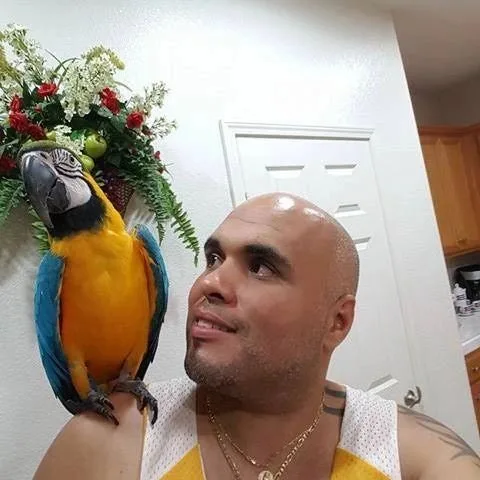
If you own a parrot, keeping it from flying away is crucial. In this listicle, we’ll share expert tips on training your feathered friend to stay put, especially for parrot owners, step by step. From creating a safe environment to teaching recall commands, we’ve got you covered. Plus, discover effective strategies for building trust and strengthening the bond with your pet bird.
Explore our selection of vibrant parrots for sale. Adopt a healthy parrot today!
-
Sale Product on sale
 My Name is HIKARI, Male Quaker. 20% Off Today – Don’t Miss Out!
My Name is HIKARI, Male Quaker. 20% Off Today – Don’t Miss Out!$750.00Original price was: $750.00.$640.00Current price is: $640.00. -
Sale Product on sale
 My Name is JASPER, Male Yellow Sided Green Cheek Conure. 20% Off Today – Don’t Miss Out!
My Name is JASPER, Male Yellow Sided Green Cheek Conure. 20% Off Today – Don’t Miss Out!$900.00Original price was: $900.00.$700.00Current price is: $700.00. -
Sale Product on sale
 My Name is INK, Female Cockatiel. 20% Off Today – Don’t Miss Out!
My Name is INK, Female Cockatiel. 20% Off Today – Don’t Miss Out!$800.00Original price was: $800.00.$600.00Current price is: $600.00.
Key Takeaways
- Build a Strong Bond: Engage in bonding activities like talking to your parrot, offering treats, and spending quality time together to create a strong connection.
- Use Positive Reinforcement: Train your parrot using positive reinforcement techniques such as rewarding good behavior with treats or praise to encourage desired actions.
- Practice Recall Training: Teach your parrot to come back to you on command by consistent recall training sessions in a safe environment.
- Implement Target Training: Utilize target training to guide your parrot’s movements and behaviors, promoting focus and responsiveness.
- Consider a Flight Harness: Introduce a flight harness for outdoor excursions, ensuring your parrot’s safety while allowing them to experience the outdoors.
- Create Indoor Play Areas: Set up designated indoor play areas with toys and activities to keep your parrot mentally stimulated and physically active.
Bonding Activities
Engage in daily one-on-one interaction with your bird to build trust. Incorporate training sessions as bonding activities to strengthen your relationship. Create a routine that includes playtime, talking, and gentle handling to bond with your bird.
- Daily interaction builds trust.
- Training sessions enhance the bond.
- Routine including playtime, talking, and handling is crucial for bonding.
Bonding activities are essential for creating a strong connection with your parrot. By spending quality time together, you establish trust and mutual understanding, reducing the likelihood of your bird flying away. Consistent interactions and positive reinforcement during training sessions help solidify the bond between you and your feathered friend. Make sure to prioritize these bonding activities to ensure a harmonious relationship with your parrot.
Positive Reinforcement
Stepping is a crucial aspect of training your parrot not to fly away. By rewarding desired behaviors with treats, praise, or attention, you can effectively encourage learning in your pet bird. Consistency is key during training sessions – maintaining a positive tone of voice helps reinforce the desired behavior.
Implementing a reward system plays a vital role in shaping your parrot’s behavior and discouraging it from flying away. Offering treats or verbal praise when the parrot steps up on your hand or shoulder reinforces this positive action. Over time, the parrot associates stepping with receiving rewards, making it more likely to repeat the behavior.
Positive reinforcement not only helps in teaching your parrot essential commands but also strengthens the bond between you and your feathered friend. Remember, patience and consistency are fundamental in successful training sessions.
Recall Training
Recall training is essential in teaching your bird to respond to a specific command like “come” or “here.” This practice helps in preventing your parrot from flying away and ensures easy retrieval when needed. Start recall training in a safe indoor environment to familiarize your bird with the command before venturing outdoors. Gradually increase the distance during training sessions to enhance your bird’s responsiveness and strengthen the recall behavior. Consistent practice and positive reinforcement are key in solidifying this crucial skill for your parrot’s safety and your peace of mind.
Target Training
Target training is a fundamental technique in teaching your bird to interact with specific objects. By utilizing positive reinforcement through treat rewards, you can effectively train your parrot to touch a designated object with its beak. This method helps in establishing a communication link between you and your bird, enhancing the bond between both of you.
During target training, it’s essential to use a clicker or verbal cue to mark the desired behavior when your bird successfully touches the target. This reinforces the connection between the action and the reward, facilitating quicker learning and understanding for your parrot.
Incorporating target training exercises into your bird’s routine can significantly improve its focus and responsiveness. It encourages mental stimulation and engagement, leading to a more well-behaved and trainable pet. Target training fosters a positive environment for learning and bonding between you and your feathered friend.
Flight Harness
When training your parrot not to fly away, a flight harness is a crucial tool for safe outdoor activities. Ensure to select a harness designed specifically for birds, considering their size and weight. Acclimate your parrot gradually to the harness by using positive reinforcement techniques. Practice indoors initially to get your bird comfortable with wearing the harness before moving outdoors for supervised flights.
Using a flight harness allows parrot owners to enjoy outdoor adventures with their feathered companions while ensuring safety and security. It provides a means of control and prevents accidental escapes during outings. By incorporating the use of a flight harness into your routine, you can foster a closer bond with your bird and offer them enriching experiences beyond the confines of their cage or carrier.
Indoor Play Areas
Setting up indoor play areas is crucial to keep your parrot entertained and prevent it from flying away. By creating a designated space with bird-safe toys and perches, you provide a safe environment for your feathered friend to explore and play. Rotating toys regularly not only prevents boredom but also stimulates your bird’s mental and physical well-being, promoting a healthy lifestyle.
Interactive play sessions are essential in strengthening the bond between you and your parrot while offering enrichment opportunities. These sessions can include training exercises, games, or simply spending quality time together. By incorporating interactive play sessions, you not only prevent your parrot from getting bored but also ensure that it remains mentally stimulated and engaged.
Supervised Outdoor Time
When training your parrot not to fly away, supervised outdoor time is crucial. Monitoring your bird closely during outdoor excursions is essential to prevent any potential flying away incidents. To ensure safety, it’s recommended to use a secure outdoor aviary or playpen for supervised outdoor time. This setup provides a controlled environment where your parrot can enjoy the outdoors without the risk of escaping.
Implementing a buddy system can also be beneficial. Having another person assist in supervising outdoor activities adds an extra layer of security and helps in keeping a watchful eye on your feathered friend. By following these precautions and providing a safe outdoor environment, you can help your parrot learn to enjoy the outdoors while minimizing the risk of them flying away unexpectedly.
Enrichment Toys
Enrichment toys for parrots play a crucial role in keeping them mentally stimulated and preventing behavioral issues. By offering a variety of toys like foraging puzzles and chew toys, you can engage your bird’s cognitive abilities and provide hours of entertainment. Interactive toys that promote physical activity and mimic natural foraging behaviors are particularly beneficial for the overall well-being of your parrot.
- Provide foraging puzzles and chew toys to stimulate your parrot’s mind.
- Rotate toys frequently to maintain your bird’s interest and prevent boredom.
- Incorporate interactive toys that encourage physical activity and mimic natural behaviors.
Keeping your feathered friend engaged with enrichment toys not only prevents boredom but also promotes a healthy mental state, ensuring a happy and contented parrot.
Wing Clipping
When it comes to wing clipping, it is essential to consult with a professional avian veterinarian to ensure the safety and well-being of your bird. By clipping only the primary flight feathers, you can prevent long-distance flights while still allowing your bird to glide safely. This technique helps in maintaining control over your bird’s movements, reducing the risk of them flying away unexpectedly.
Regular wing clipping sessions should be scheduled as part of your bird’s grooming routine. This practice not only helps in preventing your bird from flying away but also promotes their safety by minimizing the chances of accidents or getting lost. Remember, proper wing clipping is crucial for the overall management of your bird’s behavior and ensuring a harmonious bond between you and your feathered friend.
Professional Guidance
Seek advice from a certified bird trainer or avian veterinarian to develop personalized training strategies. These professionals can offer insights into parrot behavior and provide tailored solutions to prevent flying away. Consulting with experts can address specific problems and ensure effective training methods are implemented.
Attend training workshops or seminars conducted by professionals specializing in bird behavior. These sessions can equip you with the necessary skills and knowledge to train your parrot effectively. Learning from experienced individuals can enhance your understanding of bird training techniques and strengthen the bond between you and your feathered companion.
Final Remarks
Incorporating bonding activities, positive reinforcement, and recall training can help you train your parrot to prevent flying away. Utilizing flight harnesses, creating indoor play areas, and offering supervised outdoor time are essential for your parrot’s safety and enrichment. Using enrichment toys, considering wing clipping, and seeking professional guidance can further enhance your training efforts.
Remember, building a strong bond with your parrot is key to successful training. By implementing these strategies consistently and patiently, you can create a secure environment where your parrot feels happy and safe. Stay committed to the process, and soon you’ll enjoy a harmonious relationship with your feathered friend. Take action today to train your parrot effectively and ensure a fulfilling companionship for years to come.
Explore our selection of vibrant parrots for sale. Adopt a healthy parrot today!
-
Sale Product on sale
 My Name is NEO, Male Green Cheeked Conure. 20% Off Today – Don’t Miss Out!
My Name is NEO, Male Green Cheeked Conure. 20% Off Today – Don’t Miss Out!$900.00Original price was: $900.00.$700.00Current price is: $700.00. -
Sale Product on sale
 My Name is SUN, Female Conure. 20% Off Today – Don’t Miss Out!
My Name is SUN, Female Conure. 20% Off Today – Don’t Miss Out!$900.00Original price was: $900.00.$700.00Current price is: $700.00. -
Sale Product on sale
 My Name is POLLY, Red Tailed Black Male Cockatoo. 20% Off Today – Don’t Miss Out!
My Name is POLLY, Red Tailed Black Male Cockatoo. 20% Off Today – Don’t Miss Out!$1,350.00Original price was: $1,350.00.$1,080.00Current price is: $1,080.00.
Frequently Asked Questions
How can bonding activities help in training a parrot not to fly away?
Bonding activities create trust between you and your parrot, making it more likely to stay near you. Spending quality time together strengthens your bond, making the parrot less inclined to fly off.
What is the importance of positive reinforcement in training a parrot not to fly away?
Positive reinforcement rewards desired behaviors like staying close, encouraging the parrot to repeat them. This method fosters a strong connection with your bird and motivates it to remain by your side.
Why is recall training essential for preventing parrots, birds, from flying away?
Recall training teaches your parrot to come back when called, which is crucial for its safety outdoors. By practicing this skill regularly in a controlled environment, you can reduce the risk of your parrot flying off.
How does target training contribute to keeping a parrot from flying away?
Target training helps redirect your parrot’s focus and encourages it to follow commands. By using a target stick or object, you can guide the bird’s movements and reinforce positive behaviors, aiding in preventing flight attempts.
What role does a flight harness play in ensuring a parrot doesn’t fly away?
A flight harness provides a safe way for your parrot to experience outdoor environments while keeping it secure. When properly fitted and used according to instructions, a harness allows supervised outdoor time without the risk of escape.
Tags
What do you think?
Related Articles
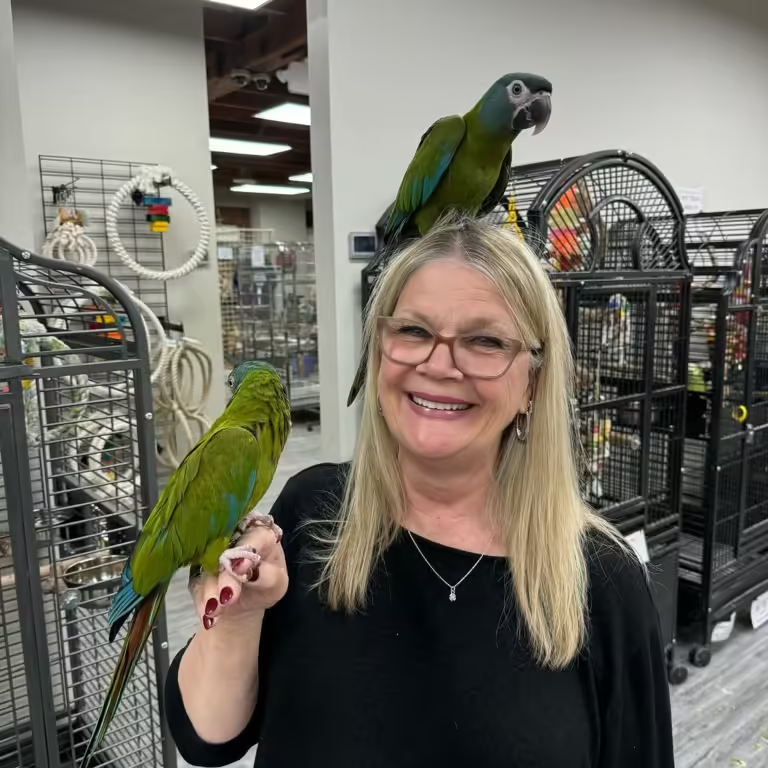
Find Parrots for Sale in Aurora IL: Top 5 Must-Visit Spots
Finding the perfect parrot in Aurora, IL, is an exciting adventure for bird lovers. This city offers various options for
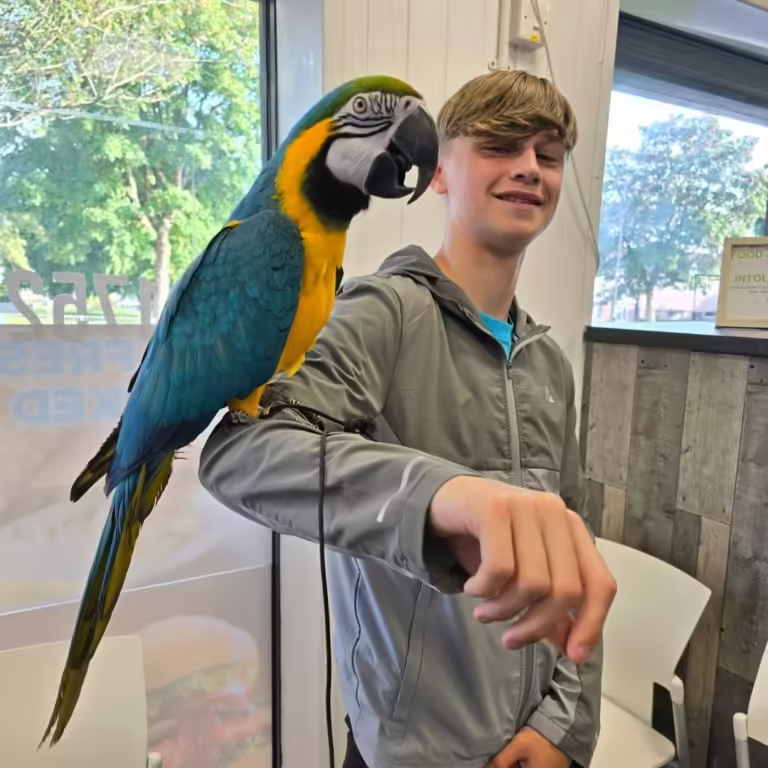
Find Parrots for Sale in Trenton NJ: Top 5 Must-See Spots!
Finding the perfect parrot can be a fun adventure. Trenton, NJ, offers plenty of options for bird lovers. From local
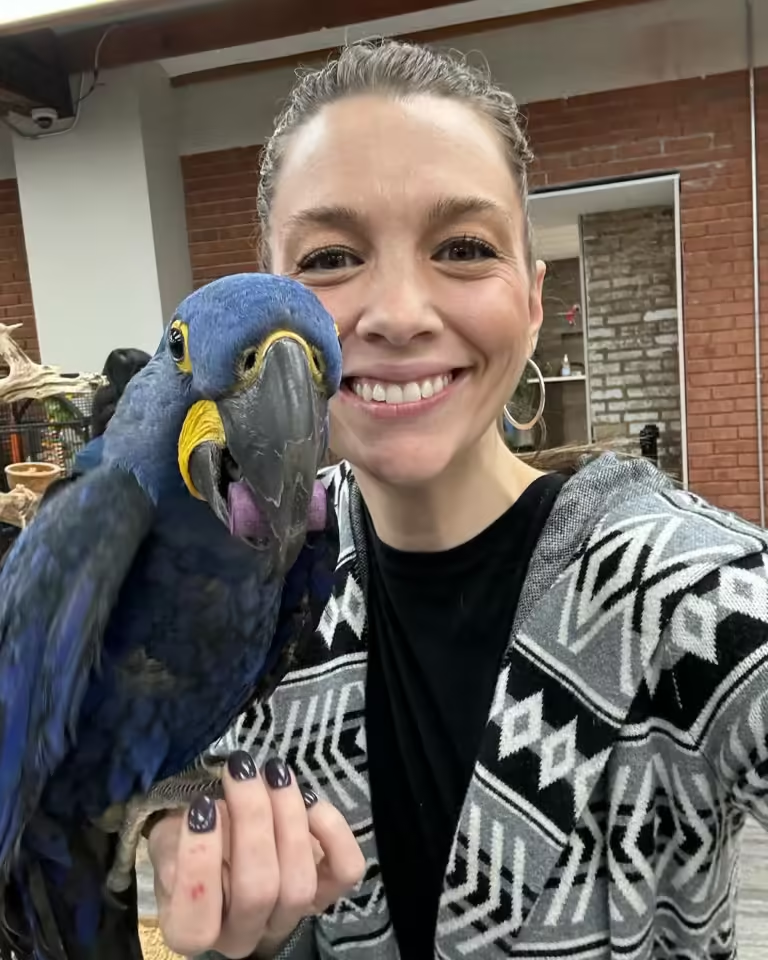
Find Parrots for Sale in Woodbridge Township NJ: Top 5 Must-See Spots!
Finding the perfect parrot can be a fun adventure. Woodbridge Township, NJ offers plenty of options for bird lovers. From


